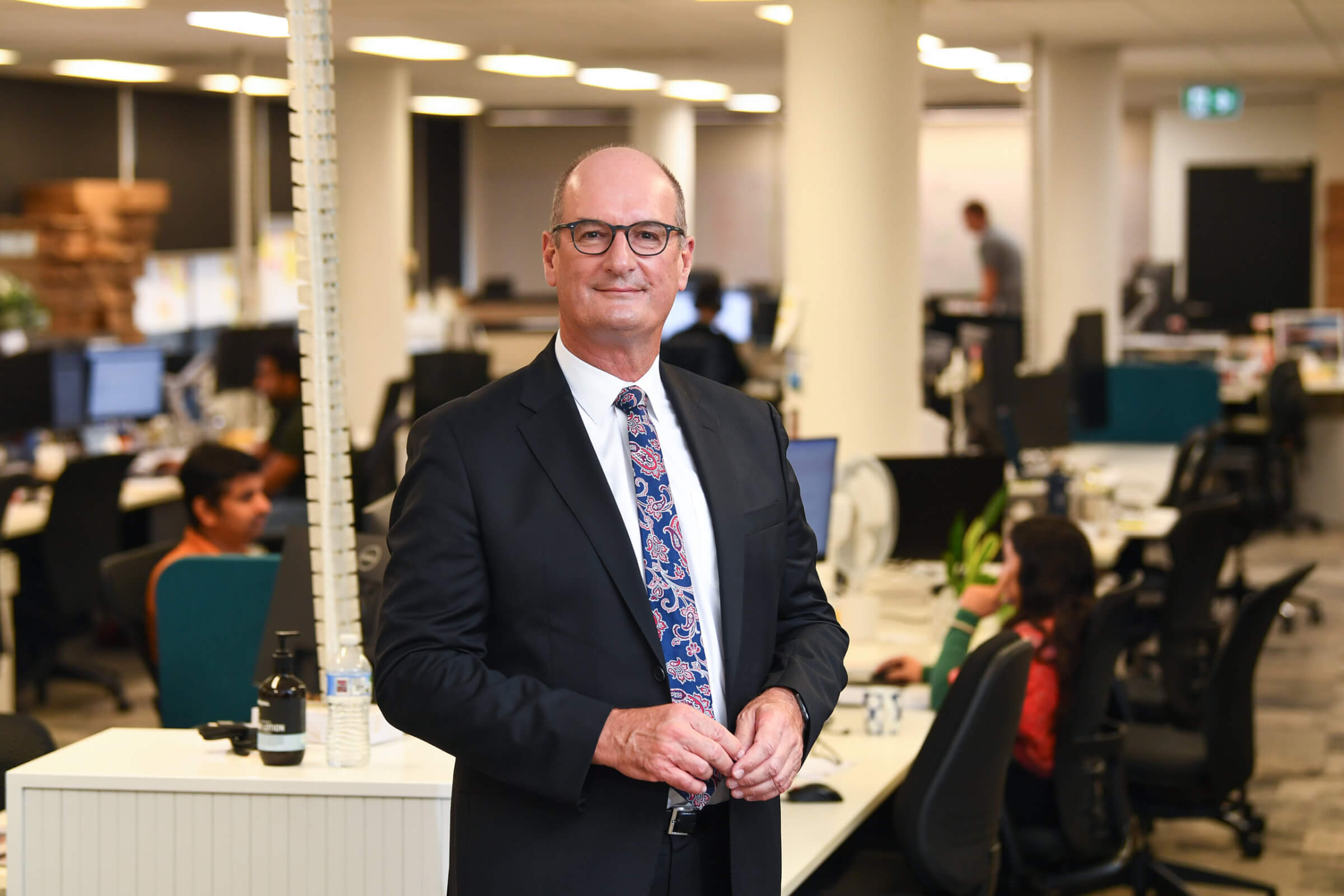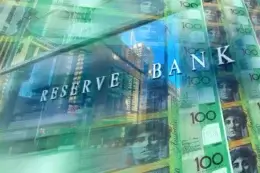
The Compare the Market Economic Director explains how an ultra-low cash rate impacts our economy.
There’s a lot you could buy with $18,000 – a new car or maybe a year’s tuition fees.
But for the average Aussie homeowner, they’ll need to save that money for extra home loan repayments. We’ve seen the cash rate climb from a historic low, of just 0.1 per cent to its highest peak in over a decade at 4.35 per cent.
That means someone with an average loan of $610,000* who has seen their interest rate increase from 2.2% to 6.45% is now paying roughly $1,500 more in monthly repayments – or about $18,000 a year.
These higher interest rates are causing a lot of pain. But history tells us these rates aren’t all that high. The reality is, rates were probably too low for too long – and this shouldn’t happen again. Here’s why.
Cheap money, precarious buyers
Many central banks lowered their policy interest rates to near-zero levels to stimulate the economy during the pandemic and global financial crisis. If rates weren’t cut, and Government’s didn’t introduce rescue packages, the world could have suffered another Great Depression. No one ever wants that to happen.
In March 2021, the then Governor of the Reserve Bank, Philip Lowe, told Australians that interest rates would very likely stay at the record low of 0.1% until at least 2024. But he mislead Australians and his forecast was horribly wrong.
What seemed like a good deal at the time has had all kinds of consequences.
Firstly, dropping the cash rate that low allowed many borrowers to enter the property market who otherwise wouldn’t have been in a position to do so.
Those who borrowed close to their maximum amount have either had to sell or are just treading water because the 3% serviceability buffer applied by most banks has eroded away by higher repayments.
Figures from CoreLogic shows properties held for two-to-four years have made up a relatively high portion of resales in the March quarter at 15.3%.
According to SQM research, the number of residential properties sold under distressed conditions in Australia has risen to 256,000, reflecting a 6.9% increase. Thankfully property values have kept rising so hopefully those distressed sales made a profit.
This comes as our Compare the Market research revealed almost a quarter of homeowners are worried they’ll have to sell, or have already sold, due to the rising cost of living. They’re assets rich but cash poor. While values have risen they simply don’t have the cash to meet rising repayments.
And it could get worse. In more bad news for borrowers, money market investors are predicting a one-in-four chance of yet another rate rise by September this year. Hopes of an imminent rate cut have been dashed by stubbornly high inflation.
Tinder on the inflationary fire
The effect of the cash rate could be likened to a seesaw. When rates are low, spending goes up.
And heightened demand for products and services drives up inflation. In our case, the seesaw has flung up like a catapult!
So, would we still be fighting the inflationary fire if we didn’t have such low rates in the first place? That’s a question for the central banks to think on. It’s fair to say the RBA didn’t expect inflation to surge the way it did which forced them to implement the sharpest rate hike cycle that we have seen in generations.
Easing the pain
What is clear is that we can’t count on rates coming down anytime soon. Ultra-low rates were too good to be true and now we’re paying the price while the RBA tries to get the balance right.
While we all might need to get used to higher rates, that doesn’t mean that homeowners should suffer. We all need to be proactive and shop around for the most competitive home loan offers to ensure we’re not paying more than we need to.
| Mortgage size | Increase in average monthly repayments since the start of May 2022 (+4.25%) |
| $500,000 | + $1,293 |
| $600,000 | + $1,552 |
| $750,000 | + $1,940 |
| $900,000 | + $2,328 |
| $1,000,000 | + $2,586 |
Reserve Bank Lenders’ Interest Rates. Monthly repayments do not include any reduction in the mortgage balance over time. These calculations assume: An owner-occupied variable interest rate of 2.86% p.a in May 2022; principal and interest (P&I) repayments; cash rate increases are passed on in full; the loan term is 30 years; and there are no monthly fees.








